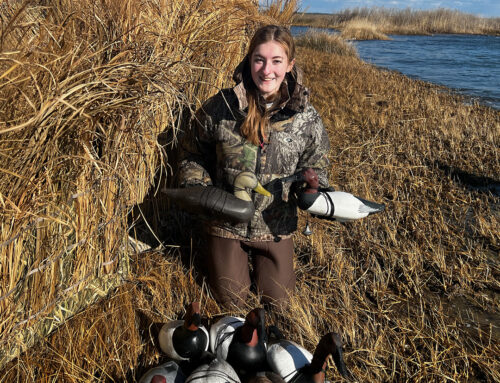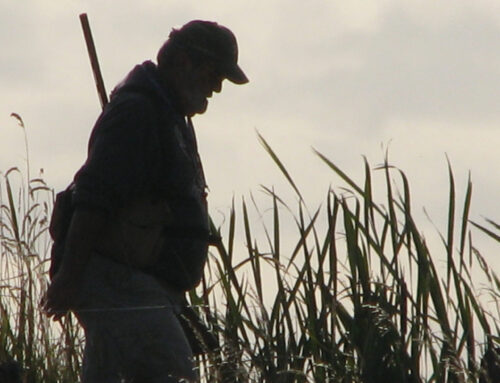Proper Field Care Improves Taxidermy Results

By Paul Wait
You just shot the most brilliantly colored-up drake of your hunting career, and your buddies are imploring you to have it mounted. Now what?
While it might seem obvious, how you handle the duck from the moment your pellets knocked it from the sky until you deliver it to the taxidermist is important. Here are some tips to keep your bird in the best shape possible.
- Do not put your prized duck on a duck strap. While handy, those things bend and tear feathers and stretch out necks.
- Keep the duck separate. If there’s any chance you might mount a bird, do not put it in a pile. Blood and mud from other ducks can foul your bird’s beauty.
- Find a cool, dry spot for the duck that is out of the sun, such as inside a gun locker, on the end of a bench or even in your blind bag. And make sure your buddy’s dog can’t “retrieve it” again.
- Lightly dab away any excess blood, but do not wash the duck in the water.
- If the temperature is below freezing, make sure your duck isn’t resting on metal, wood or the ground. Wrap it in a dry towel or shirt. You don’t want feathers to pull out of the skin.
- Once home, tuck the duck’s head against its chest or back, and gently smooth all of the bird’s feathers.
- Tag the bird with your name, address, license number, species and date taken.
- Tightly double-bag the duck and promptly freeze until you can deliver it to the taxidermist.






Leave A Comment